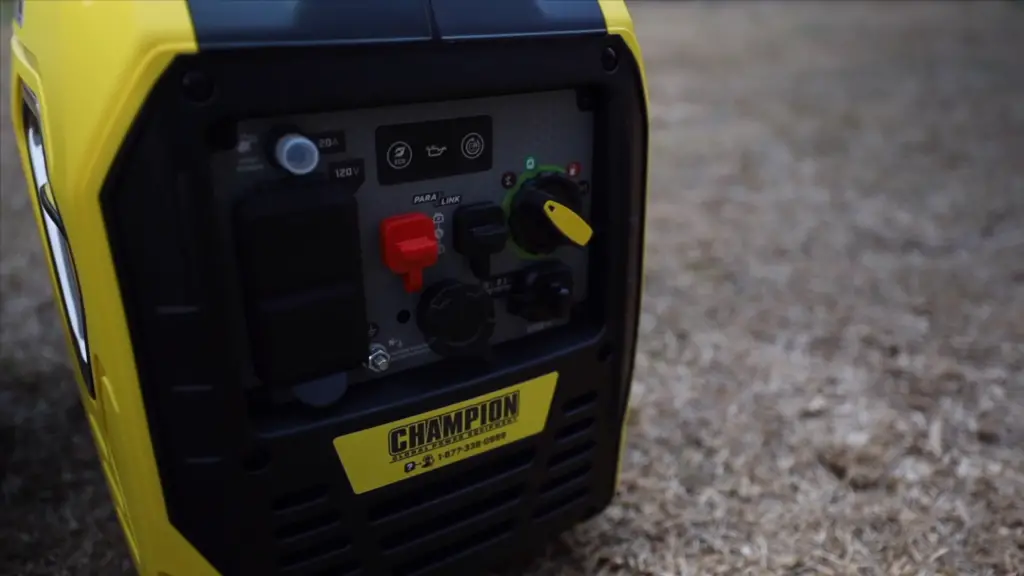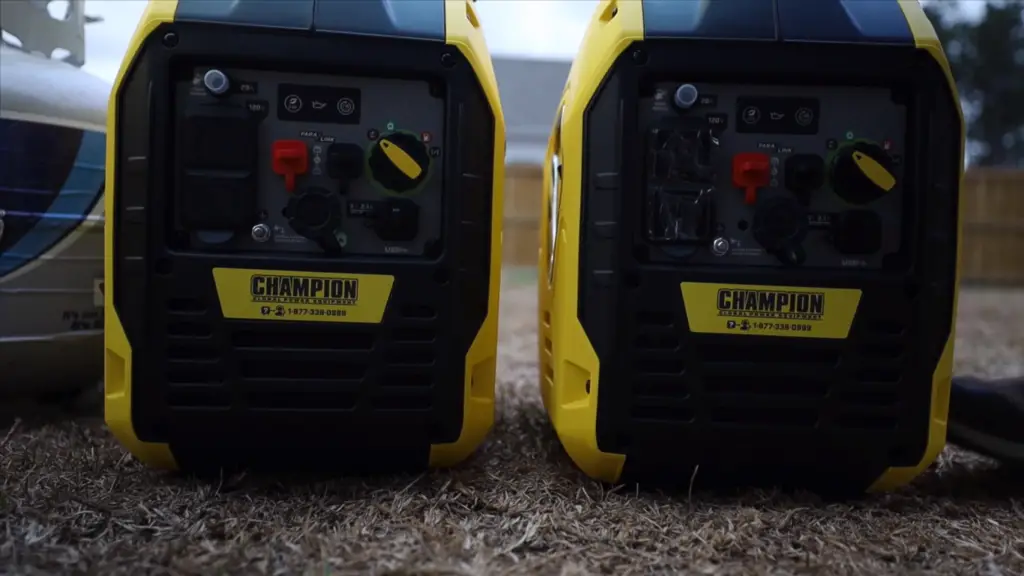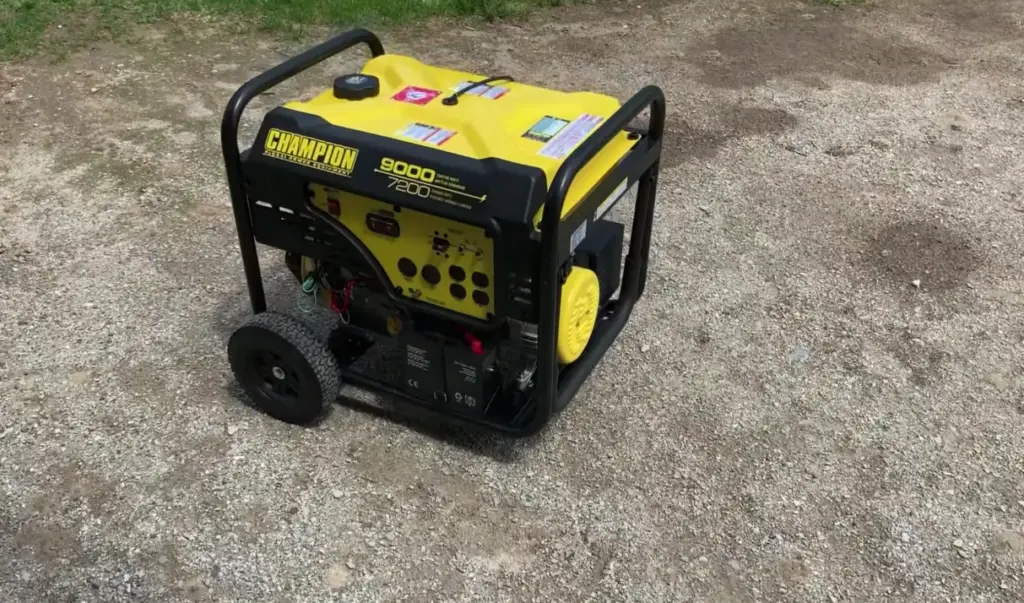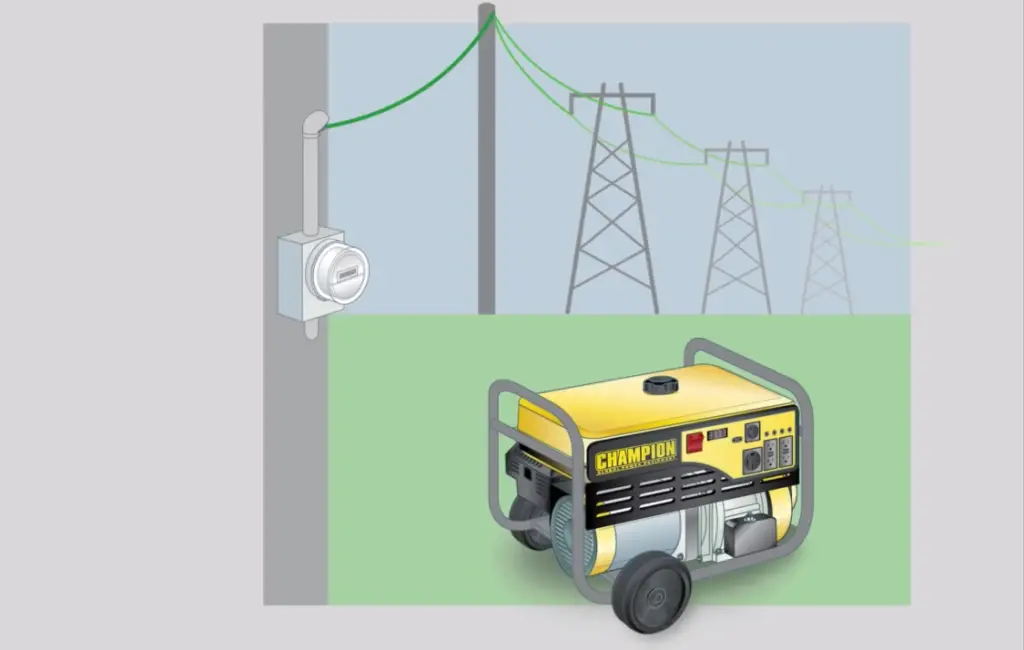A standby generator can be a lifesaver during a power outage, but how close to the house does it need to be? And what are some of the other factors you’ll need to consider when choosing and installing one? In this article, we’ll answer all your questions about standby generators so you can make an informed decision for your home.
How Far Can a Standby Generator Be From the House?
The distance between a standby generator and your home will depend on the size of the generator and the type of fuel it uses.
Additionally, if your generator is in an enclosed space like a garage or shed, additional ventilation requirements may apply. Be sure to check with local authorities for any specific rules regarding the placement of your generator. It’s important to remember that a standby generator is an investment and should be treated as such in order to ensure it’s properly maintained and safe for everyone around it. By following the above guidelines, you’ll be able to keep your generator running safely and efficiently for years to come. [1]

Factors to Consider When Placing a Standby Generator
- Location: When choosing where to place a standby generator, it’s important to consider the safety of your family and neighbors. It should be installed in an area away from windows, doors, and vents to ensure that no carbon monoxide is released into the environment. Additionally, you’ll need access points for fuel lines as well as any exhaust pipes.
- Size: If you’re looking for a generator that can handle larger loads or if you frequently experience prolonged power outages, investing in a larger generator is likely the best option. However, if space and budget are limited, plenty of smaller models are still available to choose from.
- Noise levels: Generators create noise when they’re in operation, so it’s important to think about the effect on those living nearby. It’s also wise to check local regulations regarding noise levels to ensure that your generator won’t create problems for your neighbors.
- Fuel type: Most standby generators run on either diesel or natural gas, and each one has advantages and disadvantages. Diesel is typically less expensive than natural gas but requires more maintenance. Natural gas is more efficient and emits fewer emissions, but it can be pricier and difficult to access in some areas.
- Maintenance: Regular servicing of your standby generator is key for keeping it running smoothly and effectively. Make sure you have the funds available to cover both routine maintenance as well as any unexpected repairs. Additionally, keep a list of contact information for qualified professionals who can help with any issues that may arise.
- Direction of Exhaust: As with any other fuel-burning appliance, the exhaust from your generator needs to be directed away from windows and doors. Make sure you consider this when deciding where to place your generator to avoid any carbon monoxide buildup in your home.
- Weather protection: Generators are designed to operate in a variety of weather conditions, but it’s important that you provide adequate protection against rain, snow, extreme temperatures, and other potential hazards. You can do this by using a waterproof shelter or enclosing the generator in a special weatherproof enclosure.
- Permits and inspections: Depending on local regulations and codes, you may need to obtain permits or have certain inspections completed before installing a standby generator. It’s best to check with your local building department to find out what you need before proceeding with the installation.
- National Fire Protection Association (NFPA) Codes: It’s important to be aware of any NFPA codes that apply to the installation of your standby generator. Not following these codes can result in safety hazards, so make sure you familiarize yourself with the relevant regulations and abide by them when installing your generator.
- Local Codes: As with any major home improvement project, it’s important to ensure that the installation of your standby generator meets all local codes and regulations. If you’re unsure of which codes apply to your situation, contact the local building department for more information.
- Consider Manufacturer’s Requirements: Your standby generator’s manufacturer may have specific requirements and recommendations for installation. Be sure to follow the instructions included with your purchase in order to guarantee that your generator performs as expected. [2]

Tips For Standby Generator Placement
- Choose a location that can provide adequate space for both the generator and any accessories, such as fuel tanks and exhaust systems, without being too large or obstructing traffic flow.
- Make sure the placement of your generator is in compliance with all local zoning codes, as well as any state or federal regulations regarding noise and emissions control.
- Position the generator so that it gets plenty of fresh air to keep it from overheating during operation; this will help ensure its longevity and performance.
- Consider placing your generator on a concrete slab if you anticipate moving it frequently for maintenance purposes; otherwise, use gravel or cinder blocks to create an even surface for installation.
- When running the generator, keep it away from any windows or vents; this will ensure that your home is not subject to exhaust fumes.
- And make sure that all wiring is properly grounded and insulated to prevent electric shock and other hazards.
- Keep in mind that if you live in a cold climate, the generator may need to be placed in an area where it can be protected from extreme temperatures and snowfall.
Place the Generator on a Level Ground
Once your generator is secure, it’s time to make sure it’s level. Making sure the generator is situated on a flat and even surface will help ensure that there aren’t any unnecessary vibrations during operation (which can lead to noise and parts loosening up over time). You’ll want to adjust the legs of the generator if necessary so they are all at equal heights. This should be done before you start connecting any power cords or fuel sources. When you’re done, you’ll know your generator is ready for whatever challenge lies ahead!
Place It Close to the Service Panel
The next step is to place your generator close to the service panel, or breaker box. This is important for safety reasons as well as convenience. When the power goes out, you won’t have far to go in order to connect it and get your electrical system back up and running. Make sure there’s enough room between the two so that any wiring can be easily installed without getting tangled up or stretched too far.

Make Sure the Floor Is Dry
Ensure the floor where your generator is sitting is dry. This may seem like an obvious step, but it’s important to remember if you’re in a rainy or humid climate and especially if your generator is located outdoors. Wet conditions can lead to shorts in the wiring and other electrical problems, so don’t forget this essential safety precaution!
Need Proper Air Circulation
Make sure your generator has proper air circulation and ventilation. This will help keep it running smoothly and efficiently for years to come. Keep any flammable materials like fuel tanks, paper, or combustible liquids away from the generator at all times. If you have an outdoor unit, be sure to position it in a sheltered area where it won’t be affected by rain or other inclement weather conditions.
Limit the Cord Length
Don’t forget to limit the cord length of any extension cords you’re using. This is important since longer lengths can cause voltage drops that can damage your generator or cause it to run inefficiently. If you have an extra-long cord, split up the connection so that it’s connected through multiple outlets in order to achieve maximum power efficiency.
Do Not Disturb Others
Finally, be sure to respect your neighbors and keep the generator noise level to a minimum. If you’re using it outdoors, make sure that any exhaust fumes are directed away from windows or other air intake points in order to minimize disturbance. With these few tips, you can get your generator running safely and efficiently in no time.
How To Maintain Your Standby Generator?
Maintaining the standby generator is essential in order to ensure it will work correctly when needed. Here are some tips for keeping your generator in good condition:
- Change the oil on a regular basis. Follow the manufacturer’s instructions for how often and what type of oil to use.
- Check all fluid levels regularly and top off if necessary. This includes coolant, fuel, oil, etc.
- Clean out any debris or dust from within the generator housing using compressed air or a vacuum cleaner. Make sure you disconnect it first!
- Test run it at least once a month or as instructed by the manufacturer – this will help ensure that everything is running correctly.
- Inspect the parts of your generator regularly. Look for any signs of corrosion, wear or damage.
- Check the battery and connections to see if they are working properly. Make sure to replace it if necessary.
- Remove all fuel before storing your generator for long periods of time or when temperatures drop below freezing. [3]

FAQ
How far can a standby generator be from the transfer switch?
The distance between a standby generator and a transfer switch depends on the size of the generator. For smaller generators, the maximum distance is usually around 60 feet. For larger generators, it may be possible to place them up to 100 feet away from the transfer switch. When planning your installation, make sure to check with your local code authority regarding any regulations that may apply in your area. Additionally, keep in mind that you’ll need to run a conduit connecting the two components if they are not within close proximity of each other. It’s also important to factor in whether or not you’ll need access to regular maintenance and inspections when determining where to install your generator. [4]
How close to the house can you run a generator?
When running a generator near your house, it’s important to follow local regulations and guidelines. Generally speaking, you should keep the generator at least 20 feet away from your home, as well as any other structures or buildings in close proximity. It is also important to ensure that any exhaust fumes are not vented into anyone’s living space. Finally, make sure to use a heavy-duty extension cord rated for outdoor use if the generator needs to be plugged in. [5]
Where should I place my standby generator?
When choosing where to place your standby generator, there are a few factors to consider. First and foremost, you need to make sure the location is safe for both the generator itself and the people around it. Look for an area that’s away from windows and other openings, is well-ventilated, and has plenty of clearance around it. You also want to make sure it’s not too close to other objects or buildings – you don’t want any heat or exhaust fumes getting into your home!
And finally, don’t forget to think about access! You need easy access for regularly scheduled maintenance and repairs, so make sure the location you choose allows that. With these tips in mind, you can find the perfect spot for your standby generator!
How far does a Generac portable generator need to be from the house?
Typically, a Generac portable generator should be placed at least 5 feet away from your home to ensure safety. If you plan on running the generator for extended periods of time, it’s best to move it even further away — ideally 20 feet or more — to reduce the risk of carbon monoxide exposure. Additionally, make sure that any exhaust outlets are facing away from windows and doors to prevent fumes from entering your home. You should also avoid placing it close to flammable materials like dry grass or leaves as they could ignite if accidentally ignited by sparks from the engine. Taking these steps will help you enjoy the convenience of having a portable generator without compromising safety. [6]
Useful Video: Mapping Out an Installation Location for a Home Standby Generator
Conclusion
In conclusion, a generator should be placed in an area that is at least 10 feet away from the house and outside. This will help reduce noise levels, prevent dangerous gasses from entering your home, and keep you safe while using it. It’s important to note that the further away a generator is from your home, the better — as long as it meets local codes and regulations for safety. You should always consult with a certified electrician or other professional before installing any type of generator near your home or business. Doing so can ensure that all necessary precautions are taken to ensure your safety. Thanks for reading!
References
- https://guidegenerators.com/how-far-can-a-standby-generator-be-from-the-house/
- https://teamenoch.com/blog/three-things-to-consider-before-installing-a-standby-generator/
- http://www.asne.com/standby-generator-maintenance-prepared-power-outages/
- https://www.hanoversupply.com/how-far-can-a-generator-be-from-the-transfer-switch/
- https://www.consumerreports.org/generator/generator-safety-tips-to-get-you-through-a-storm-a1088725298/
- https://www.generac.com/for-homeowners/home-backup-power/generator-installation














Leave a Reply